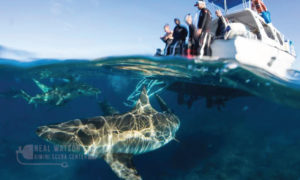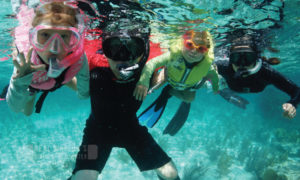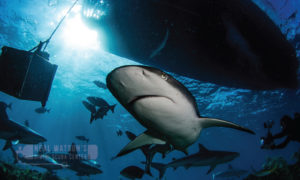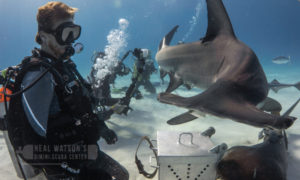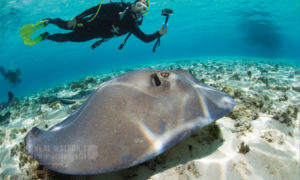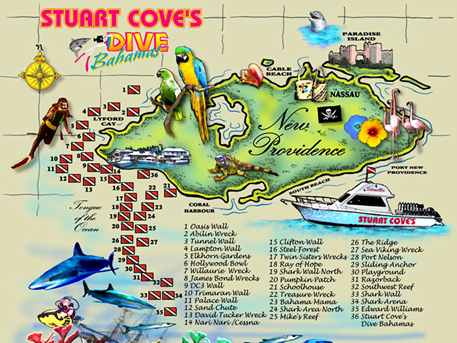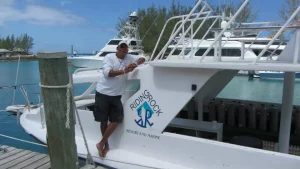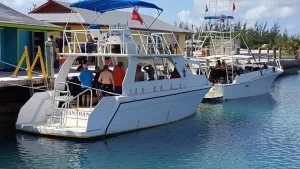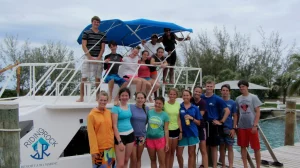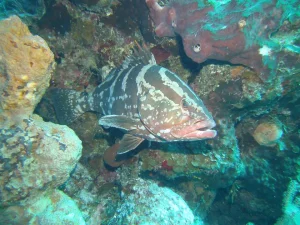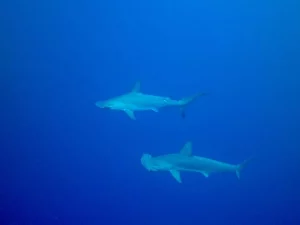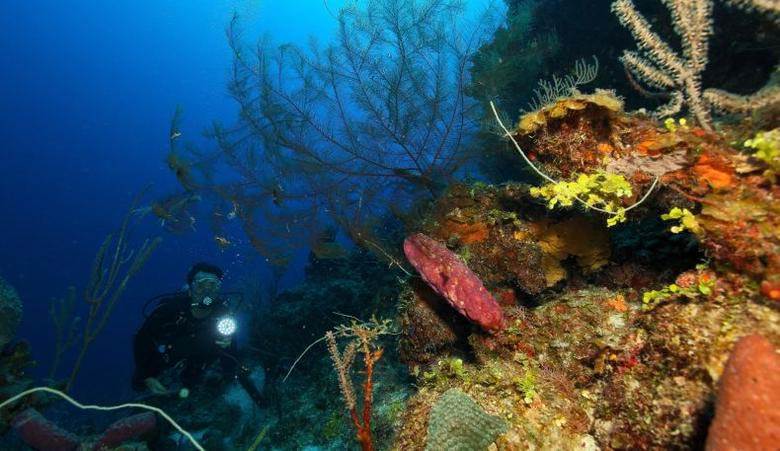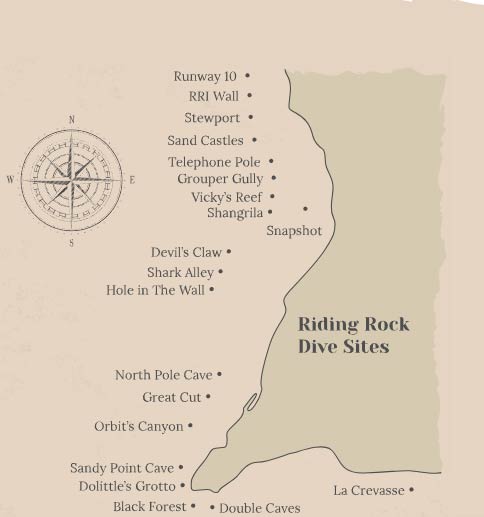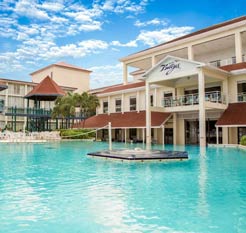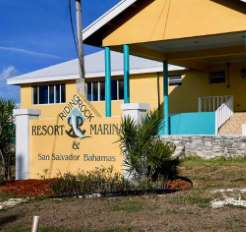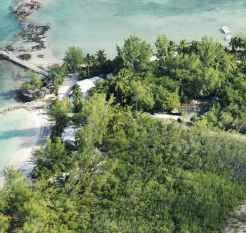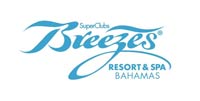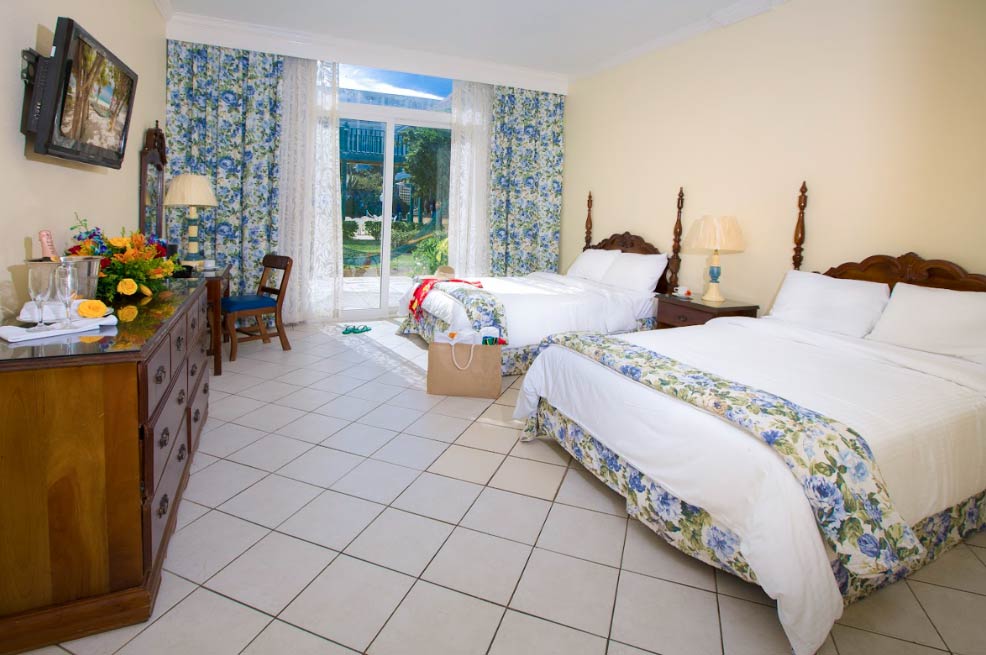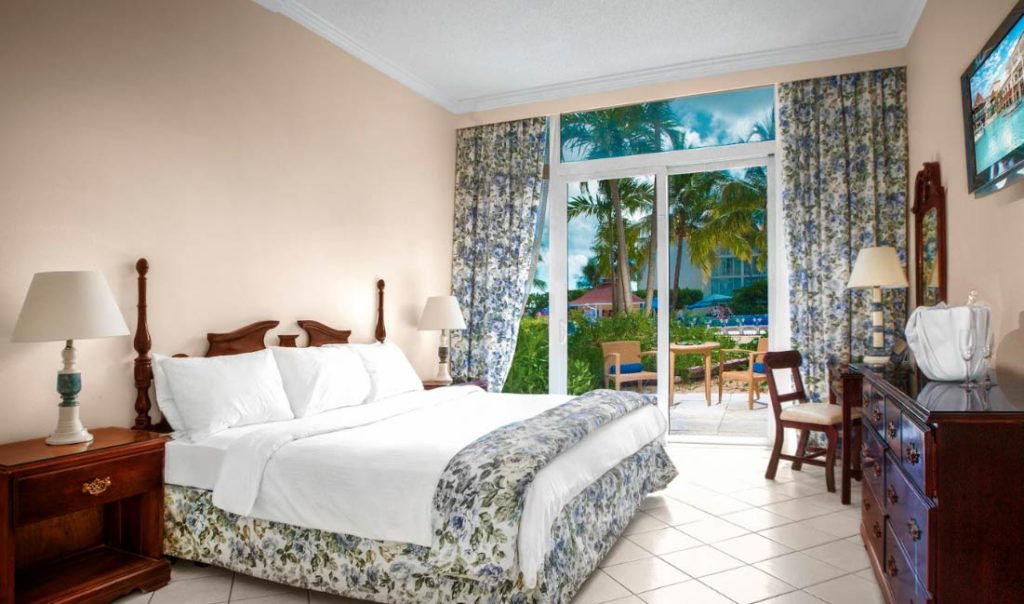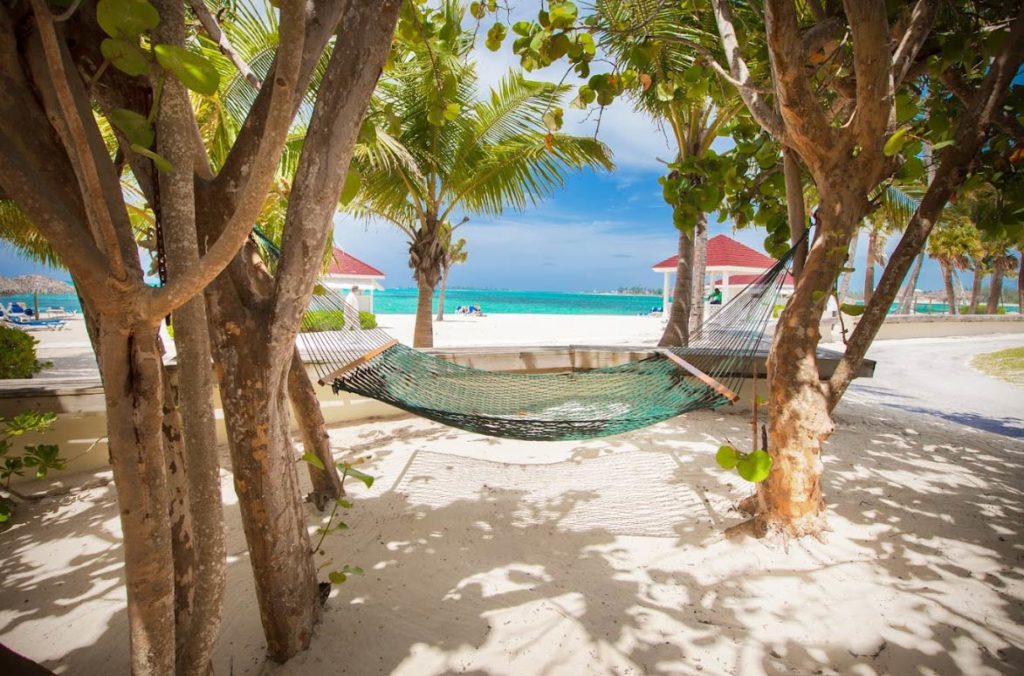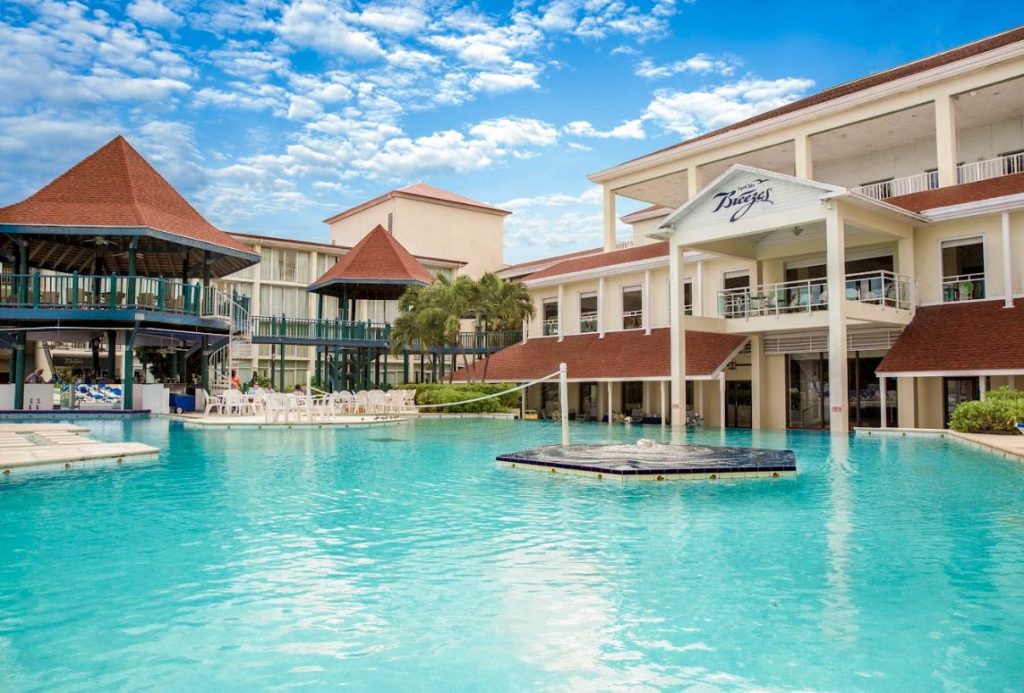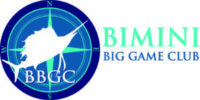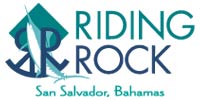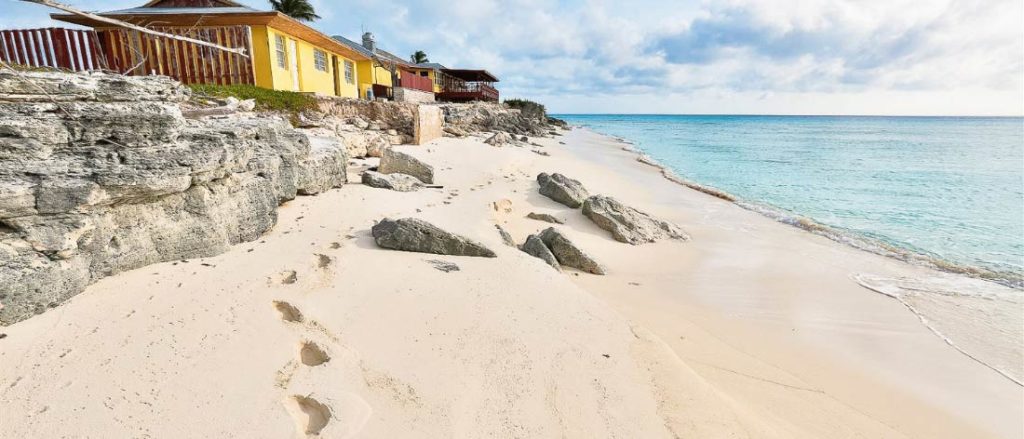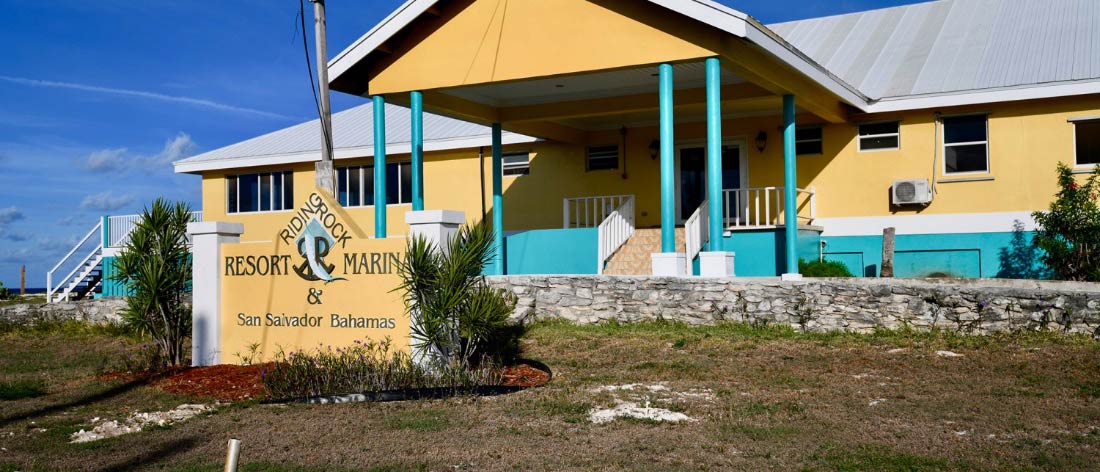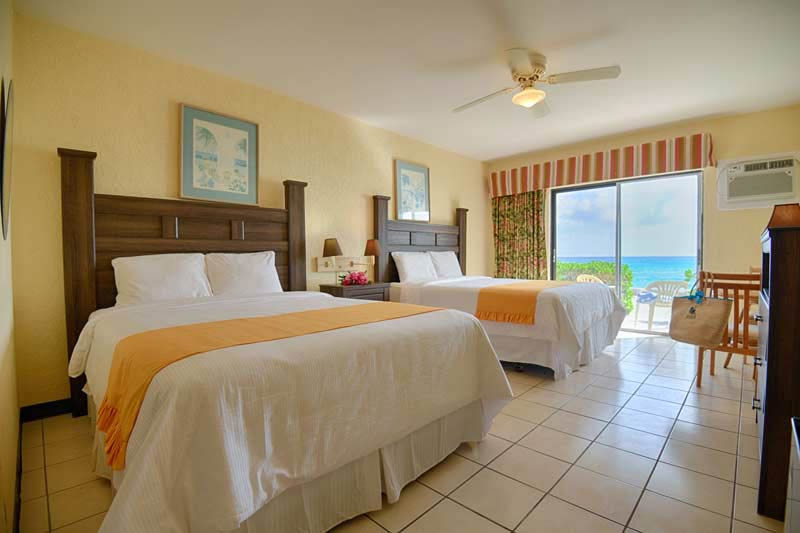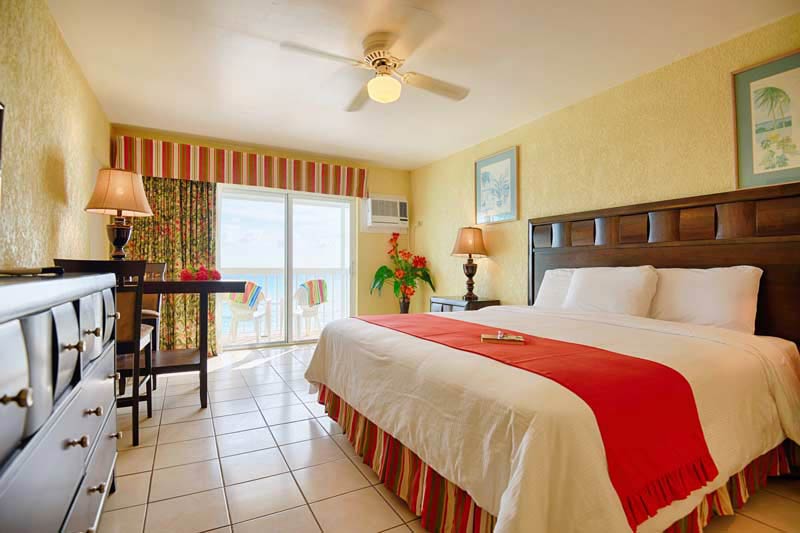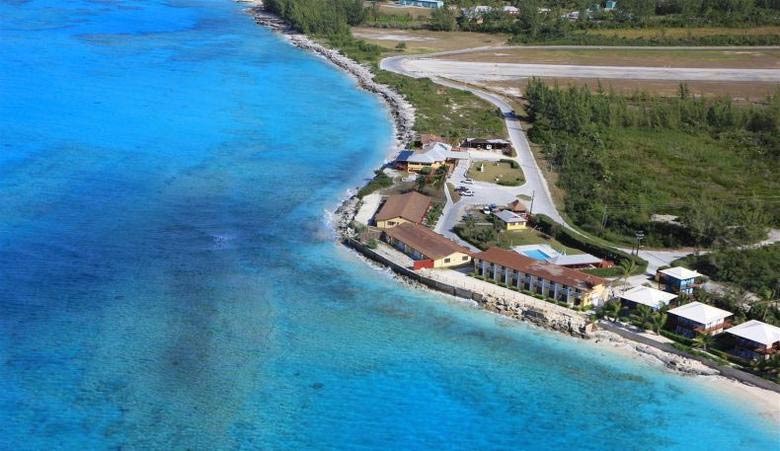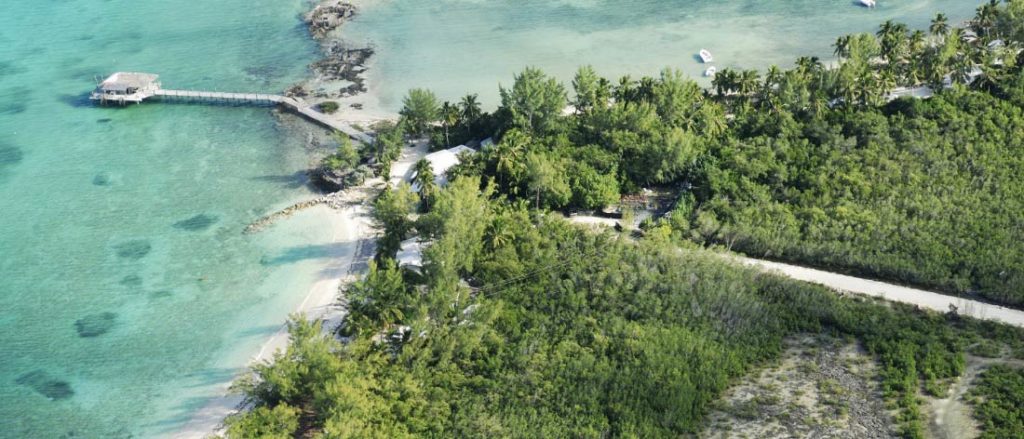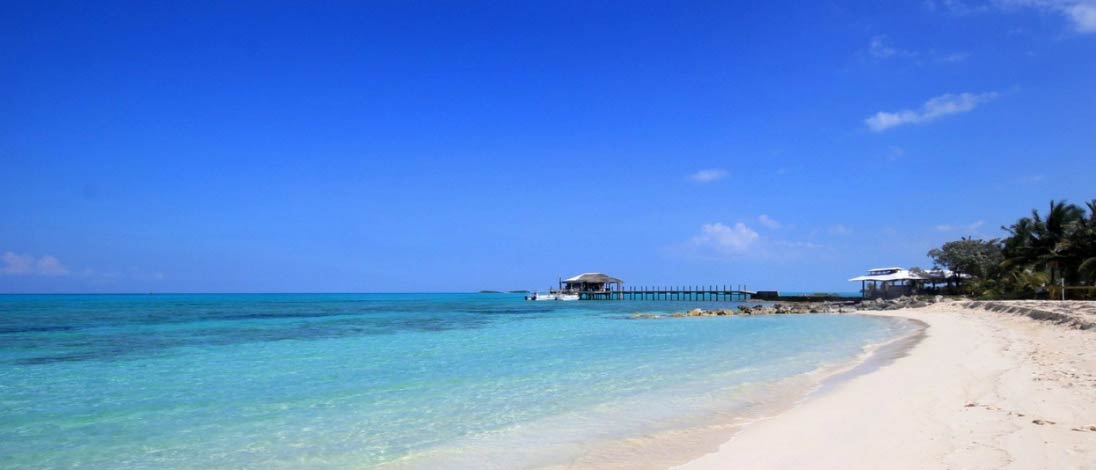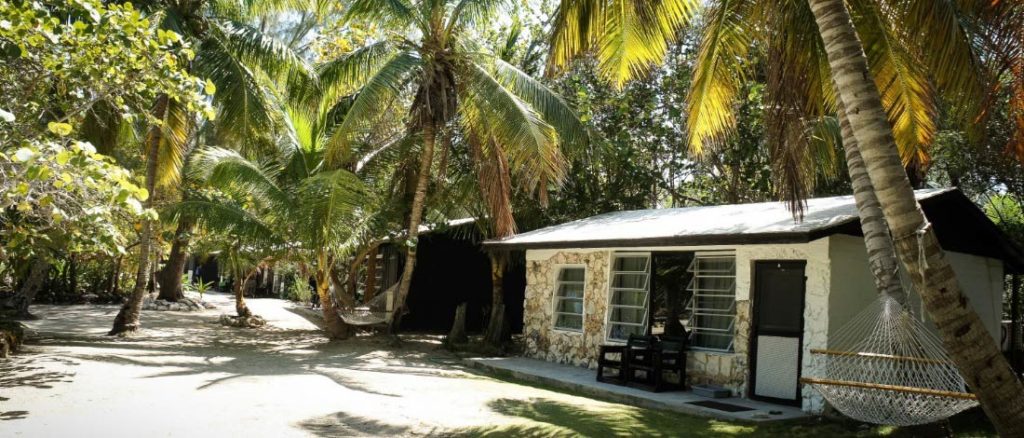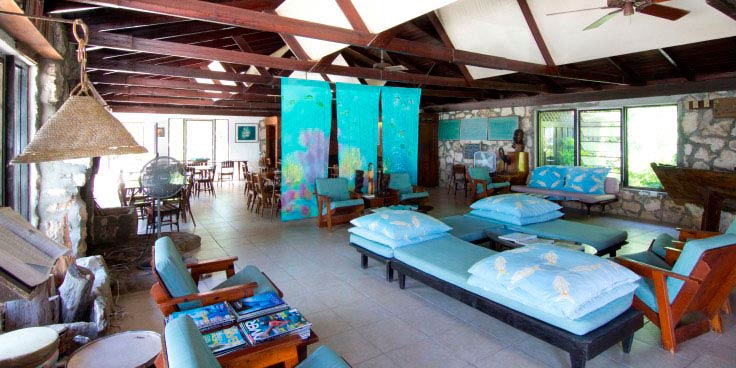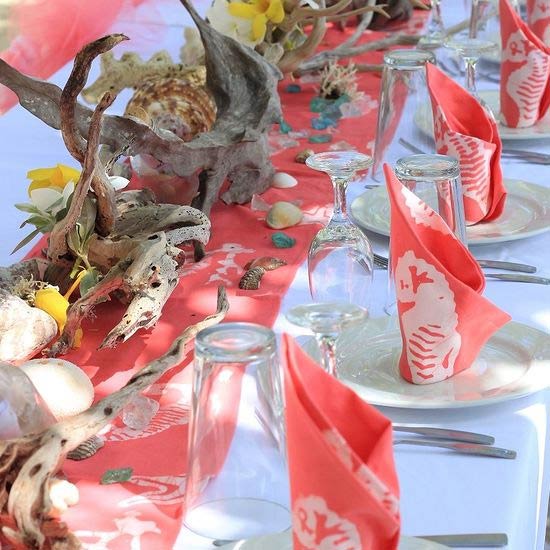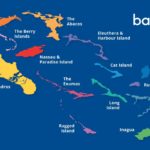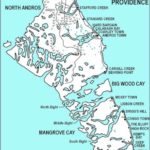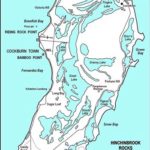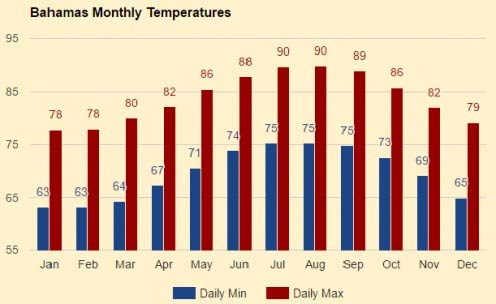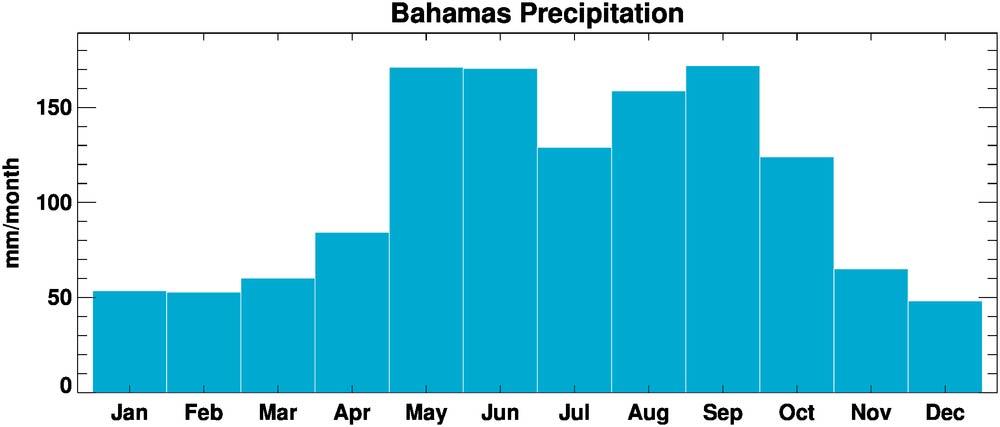Destination Overview:
The Bahamas, an idyllic archipelago in the Atlantic Ocean, boasts 700 islands and 2,000 cays. Known for its pristine beaches, clear turquoise waters, and vibrant marine life, it’s a tropical paradise. Nassau, on New Providence, is the capital. The climate is tropical, with a dry, cooler season from December to April and a warmer, rainy season from May to November. The cultural blend reflects African, European, and indigenous influences. English is the official language. The Bahamas is a popular destination for tourists seeking sun, sea, and relaxation, though caution is advised during hurricane season from June to November.
Bahamas Diving Overview:
The Bahamas is a paradise for divers, featuring a plethora of marine life, enticing water temperatures, and superb visibility. Ranging from captivating blue holes to vibrant coral reefs and intriguing wreck sites. Each site is a testament to the diverse underwater wonders awaiting exploration. Divers can expect to encounter an impressive variety of fish, including tangs, damsel fish, butterfly fish, angel fish, lizard fish, scorpionfish, sergeant majors, and captivating schooling pelagics like snapper and jack. The Bahamas is renowned for its friendly dolphins and diverse species of sharks including seasonal hammerheads. Experience exceptional underwater visibility, ranging from an impressive 100 to 150 feet (30 to 45 meters). This clarity allows divers to fully appreciate the vibrant coral formations, marine life, and captivating seascapes. Depths at the dive sites vary, providing options for both beginners and experienced divers, typically ranging from 20 to 100 feet (6 to 30 meters).
Insider Information:
A fun fact about the Bahamas is that it is home to the world’s third-largest barrier reef, the Andros Barrier Reef. Stretching over 140 miles (225 kilometers), this coral reef is a haven for marine life and offers exceptional opportunities for snorkeling and diving enthusiasts. The diverse ecosystem includes colorful coral formations, a variety of fish species, and underwater caves, making it a must-visit destination for those who appreciate the beauty of the underwater world.

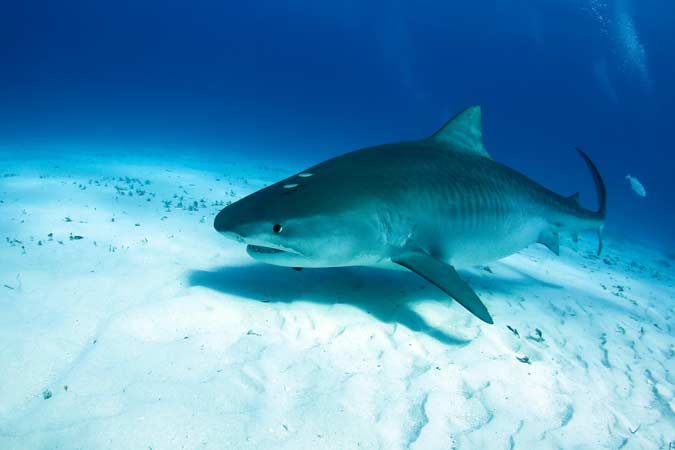
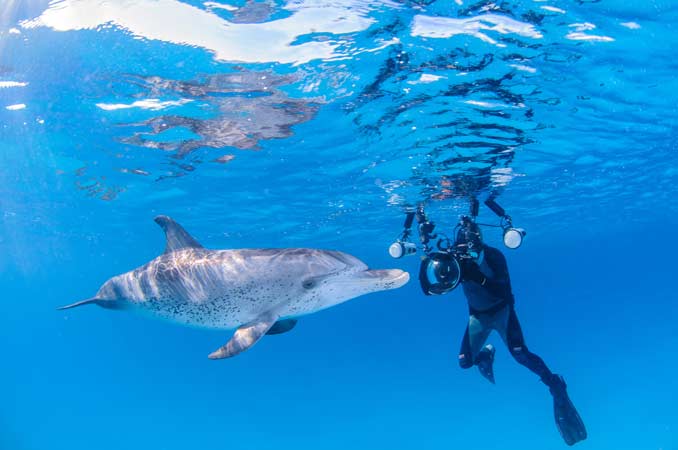
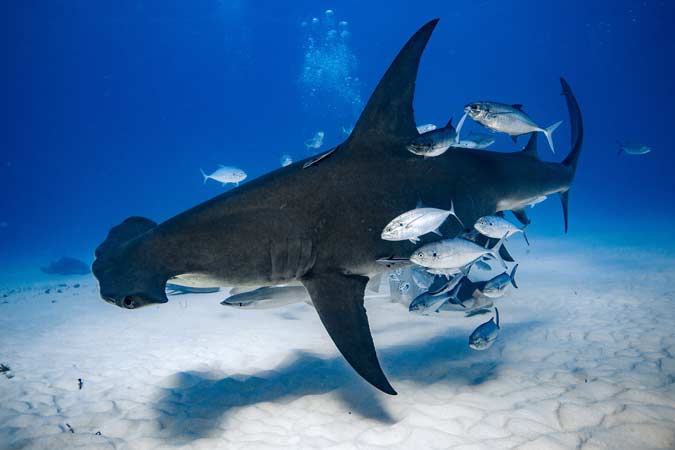
 Welcome to Neal Watson’s Bimini Scuba Center, a premier underwater haven located on the captivating island of Bimini in the Bahamas. This renowned dive center invites enthusiasts to explore the mesmerizing wonders of the ocean’s depths, offering unforgettable dive experiences for all levels of divers.
Welcome to Neal Watson’s Bimini Scuba Center, a premier underwater haven located on the captivating island of Bimini in the Bahamas. This renowned dive center invites enthusiasts to explore the mesmerizing wonders of the ocean’s depths, offering unforgettable dive experiences for all levels of divers.